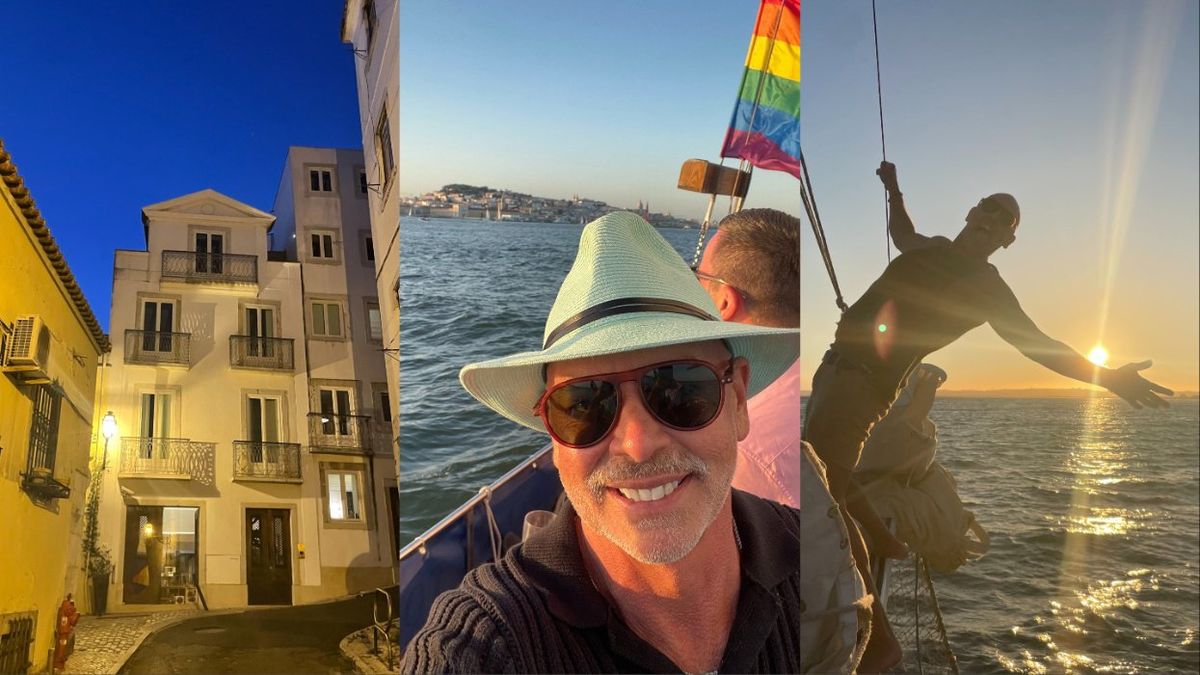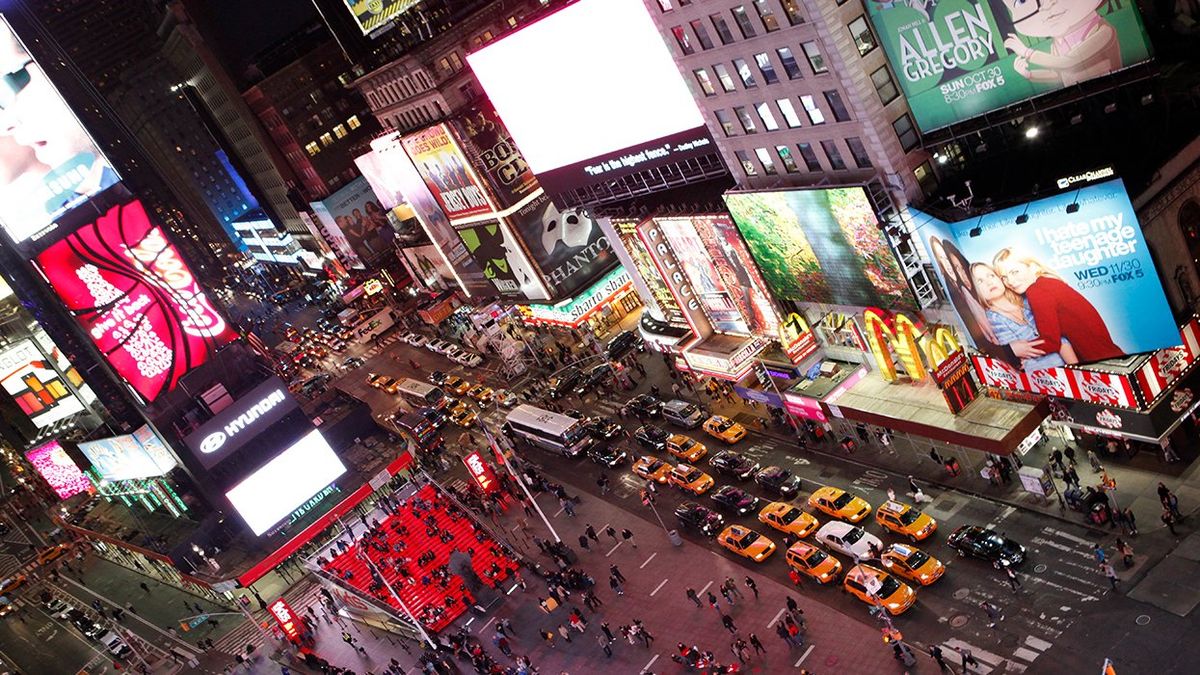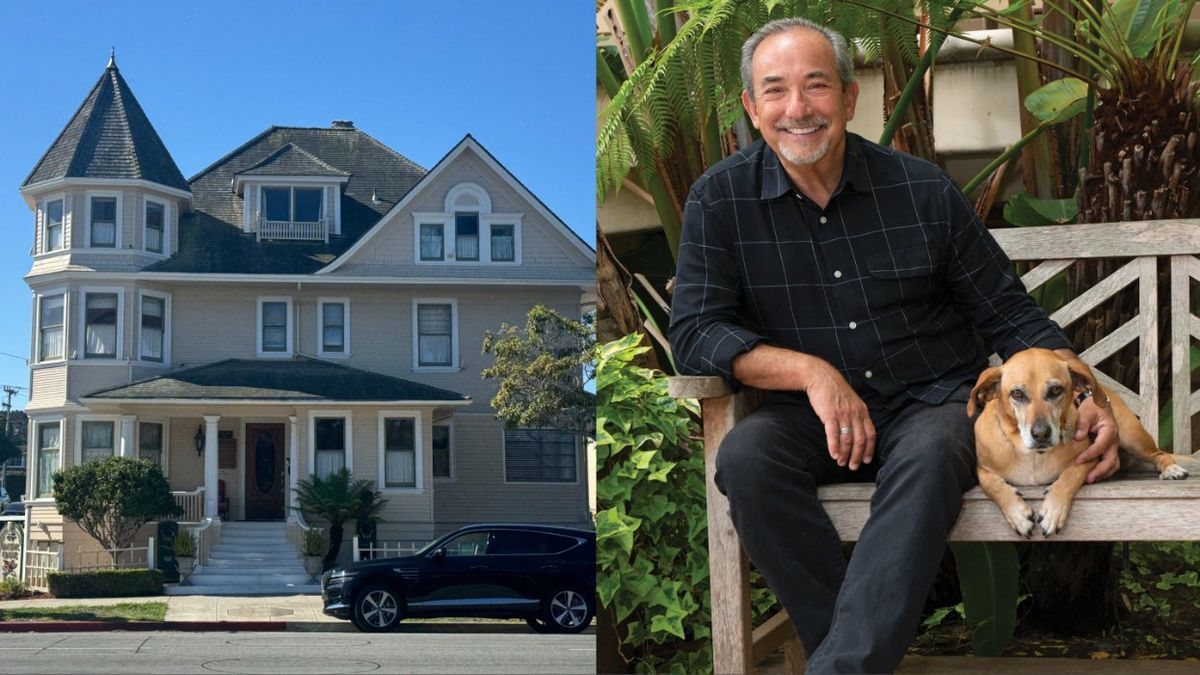Dark sky tourism is growing in popularity, and not just among amateur astronomers and astrophysicists. Instead, many of those looking for Mother Nature’s version of a star-studded evening are often weary city dwellers looking to escape the bright lights of home.
Regardless of motivation or background, star gazers of all stripes have plenty to be excited about as August is shaping up to be a truly stellar month for dark sky enthusiasts, with the gas giant planets Jupiter and Saturn especially bright, and the Perseid meteor shower at its annual peak.
Jupiter and Saturn, the fifth and sixth planets from the Sun respectively, are both in opposition to the Earth this month. Opposition occurs when, from the perspective from Earth, the Sun and planet in opposition are directly opposite from each other. From the perspective of the Sun, the planet in opposition would be seen directly behind the Earth. Both planets appear brighter during this period because opposition roughly coincides with the time they are closest to Earth. Saturn will reach opposition on August 2, while Jupiter will do the same August 19.
 The Perseid meteor shower over the Swiss Alps. Photo by Getty Images/Dneutral Han
The Perseid meteor shower over the Swiss Alps. Photo by Getty Images/Dneutral Han
The dates of the two planetary oppositions bookend the peak display of the Perseid meteor shower. Meteor showers occur when the Earth passes through the debris and dust left behind by a large comet (the Swift-Tuttle comet for the Perseid shower). The dust and debris burn and disintegrate upon crashing into the atmosphere, and are seen from Earth as glowing streaks across the night sky. Anywhere from 60 to 100 of these meteoroids will visible every hour on the peak nights of August 11, 12, and 13. Best viewing times are the hours after midnight and just before dawn. As an added bonus, the skies will be extra dark because there will be no moon during this period.
So where are some of the best dark sky tourism spots to take in August’s abundance of nightly entertainment? It turns out there are plenty of places and not just in isolated spots in the middle of nowhere.
According to the International Dark-Skies Association (IDSA), a good place to start domestically is the National Parks system. Some of the more popular National Parks like Death Valley in California, Grand Canyon in Arizona, and Big Bend in Texas are recognized by the IDSA for their dark night skies and lack of light pollution. These parks are popular, though, and not the ideal destination if you’re looking to beat the crowds. One place you can find solitude is Great Basin National Park. Its remote location in eastern Nevada ensures quiet and breathing room in this small hidden gem.
 Grand Canyon National Park. Photo by Getty Images/Eloi Omella
Grand Canyon National Park. Photo by Getty Images/Eloi Omella
For a truly rugged and unique experience, though, leave the National Parks behind and head to the Central Idaho Dark Sky Reserve in the Sawtooth Mountains. The reserve encompasses two recognized Wilderness Areas ensuring as little encroachment from light and other forms of pollution that come with civilization. Another truly special site for viewing night skies is the Boundary Waters Canoe Area Wilderness in the Superior National Forest in northeastern Minnesota. You can enjoy the million acres of lakes, streams, trees, and towering rock formations during the day, while marveling at the brilliance of the Milky Way at night.
If you’re looking for something a little closer to home and the comforts of the big city or your fave LGBTQ+ travel destination, here are a few dark sky locales that won’t break your budget or time off.
Palm Springs
The LGBTQ+ desert oasis has some of the best dark sky viewing in the civilized portions of Southern California. Joshua Tree National Park is a prime location to pitch a tent and watch the night skies. And due south of Palm Springs is the Anza-Borrego California State Park. This massive desert preserve is the largest state park in California, and has some of the best night skies. For those looking to stay closer to the action, there’s always the Rancho Mirage Library & Observatory just not far from downtown Palm Springs.
 Joshua Tree National Park. Photo by Getty Images/Schroptschop
Joshua Tree National Park. Photo by Getty Images/Schroptschop
South Florida
The 54,000 acres of Kissimmee Prairie Preserve State Park protects and nurtures one of the last naturally intact dry prairie ecosystems in the state, and the wide open expanses of land away from developed areas result in some of the best stargazing areas in the state. It’s also a more than manageable drive from the Miami Beach area.
 Kissimmee Prairie Preserve State Park. Photo by Getty Images/Zen Rial
Kissimmee Prairie Preserve State Park. Photo by Getty Images/Zen Rial
New England
The Appalachian Mountain Club (AMC) Maine Woods Initiative lands are privately held tracts in the North Maine Woods region of the state which the AMC manages and preserves for public use and research. They also work to protect their dark skies as well, which they describe as some of the best west of the Great Prairie region of the country.






 The Perseid meteor shower over the Swiss Alps. Photo by Getty Images/Dneutral Han
The Perseid meteor shower over the Swiss Alps. Photo by Getty Images/Dneutral Han





























 Grand Canyon National Park. Photo by Getty Images/Eloi Omella
Grand Canyon National Park. Photo by Getty Images/Eloi Omella Joshua Tree National Park. Photo by Getty Images/Schroptschop
Joshua Tree National Park. Photo by Getty Images/Schroptschop Kissimmee Prairie Preserve State Park. Photo by Getty Images/Zen Rial
Kissimmee Prairie Preserve State Park. Photo by Getty Images/Zen Rial






















































